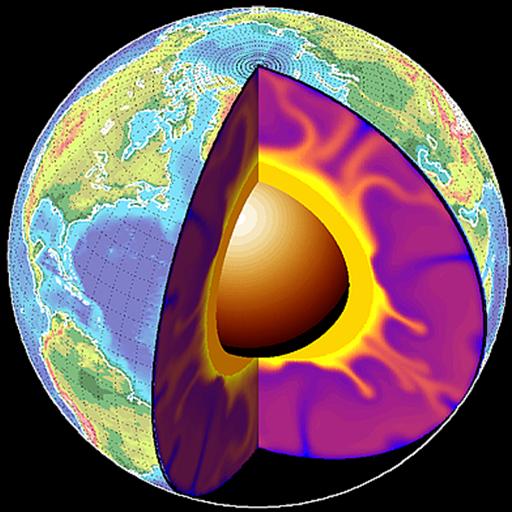Lesson Progress
0% Complete
Topic Content:
- Branches of Physics

Branches of Physics Includes;
- Classical Physics: EnergyEnergy is the ability to do work. Energy exists in several forms such as heat, kinetic or mechanical energy, light, potential energy, and electrical energy. Units of Energy: The SI unit... More and matter considered as separate entities.
- Modern Physics: Theory of relativity and quantum mechanics.
- Nuclear Physics: Deals with constituents, structure, behavior of atomic nuclei.
- Atomic Physics: Deals with the composition of atoms apart from the nucleus.
- Geophysics: Deals with the study of the Earth.
- Biophysics: Deals with interdisciplinary study of biological phenomena, and problems using principles and techniques of physics.
- Mechanics: Deals with the motion of material objects under influence of force.
- Acoustics: Deals with how sound is produced, transmitted, and controlled.
- Optics: Deals with electromagnetic radiation and behaviour of light.
- Thermodynamics: Deals with heat and temperature in relation to work and energy.
- Astrophysics: Deals with the use of physics to understand celestial bodies, Space, and the Physical Universe.
- Quantum mechanics: Provides a description of the physical properties of nature, at the scale of atoms and subatomic particles.
- Particle Physics: Particle physics is one of the most significant branches of contemporary physics. It is the study of the fundamental subatomic constituents of matter, the elementary particles.
- Relativity: This branch of physics deals with the theorem that was formulated by Albert Einstein. The theory of relativity states that space and time are relative and all the motion must be relative to a frame of reference.
- Electromagnetism: Electromagnetism is a branch of Physics, that deals with the electromagnetic force that occurs between electrically charged particles.
Evaluation Questions:
1. What is Physics?
2. Enumerate 3 importance of physics to the technological development of the societyThe term society is derived from the Latin word 'socius' meaning friendship or companionship. Society is a community, nation or group of people who share the same traditions, institutions, rules and... More.
3. List 5 careers you can undertake in Physics.



1.Phyics can be defined as the study of matter and energy and how they interact with each other.
2. a. It helps us to understand our environment better.
b.Physics plays a major role in communication using wifi, gps and communication satellites.
c. Physics helps in the diagnosis and treatment of diseases
3a.Geologist.
b.High school teacher
c.Software Engineer
d.iciPhysics evaluator.
e.IT Technician